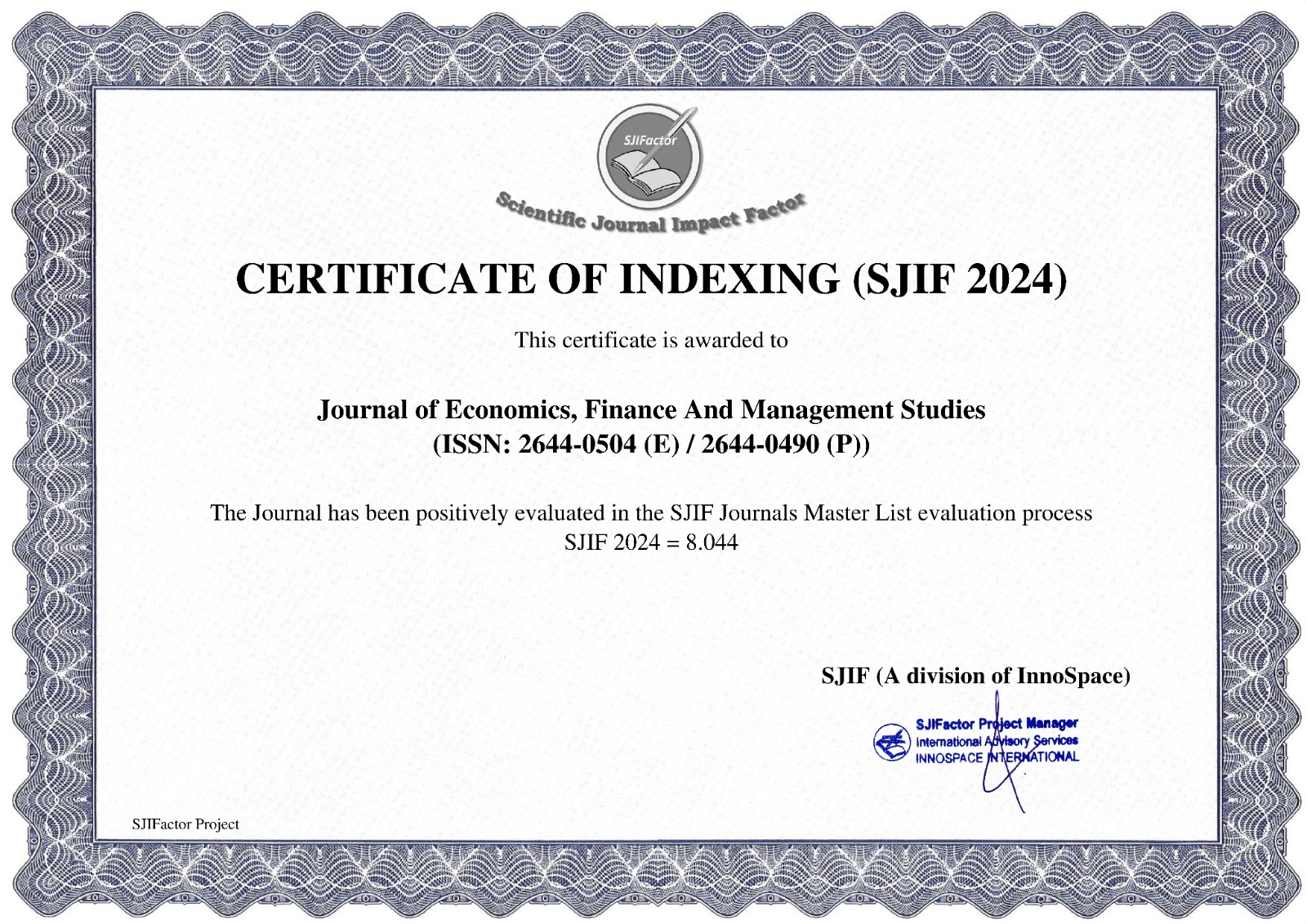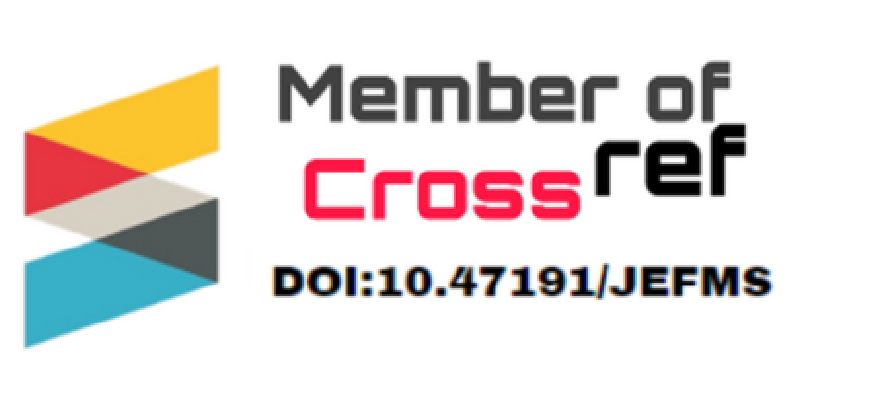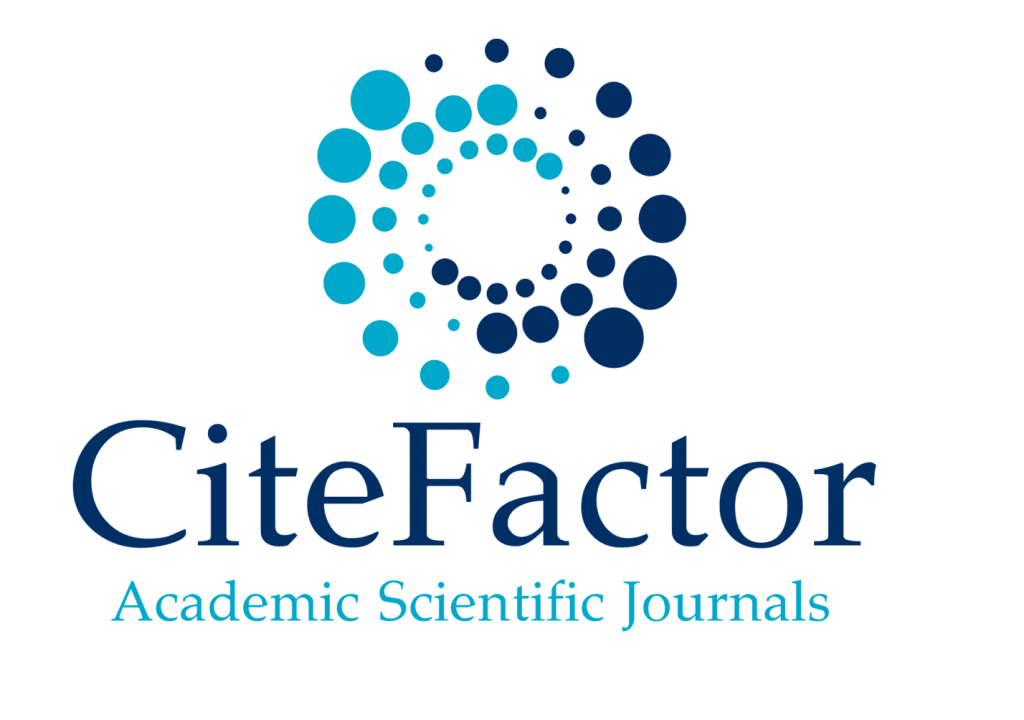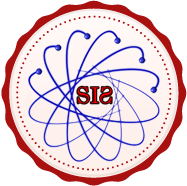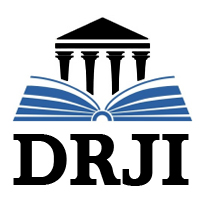Analysis of the Effect of Mission on Innovative Performance in Improving Organization Performance in Employees of PT Bank SulutGo
1Jeane Yesy Arina, 2Oliandes Sondakh
1,2Faculty of Economics and Business, Pelita Harapan University
Jl. Raya Kedung Baruk No.26-28, Kedung Baruk, Kec. Rungkut, Surabaya, Jawa Timur 60298
https://doi.org/10.47191/jefms/v8-i3-08
ABSTRACT:
This study examines the influence of Mission on Innovative Performance and its impact on Organization Performance at PT Bank SulutGo, with Consistency, Adaptability, and Involvement as mediating variables. Using a quantitative approach and Partial Least Square-Structural Equation Modeling (PLS-SEM), data were collected from 160 employees across four branches. The findings reveal that Mission significantly and positively influences Consistency, Adaptability, and Involvement, supporting hypotheses H1, H2, and H3. However, the direct effect of Mission on Innovative Performance is insignificant (H4), suggesting that while the mission is foundational, its direct impact on innovation is limited unless effectively socialized across the organization. The mediating roles of Involvement (H5) and Consistency (H7) are significant, highlighting their importance in driving Innovative Performance. Employee involvement fosters a sense of ownership, motivating employees to contribute innovative ideas, while consistency ensures cost efficiency and value creation. However, Adaptability does not mediate the relationship between Mission and Innovative Performance (H6), indicating that structured procedures may limit employees ability to innovate outside their comfort zones. Finally, Innovative Performance has a strong and significant positive impact on Organization Performance (H8), demonstrating that successful innovation enhances financial performance, customer satisfaction, and the company reputation. This study underscores the critical role of Mission in shaping organizational culture and employee behavior, while emphasizing the importance of Involvement and Consistency as key drivers of innovation. For PT Bank SulutGo, fostering a mission-oriented culture that encourages employee engagement and consistent practices can significantly enhance Innovative Performance, ultimately leading to improved Organization Performance.
KEYWORDS:
Mission, Innovative Performance, Organization Performance, Consistency, Involvement
REFERENCES:
1) Amiruddin. (2017). Pengantar Metode Penelitian. Raja Grafindo Persaka.
2) Anggitasari, D., Purwanto, E., & Pertiwi, T. K. (2023). The Effect of Digital Capability and Digital Literacy on Business Performance With Employee Innovation as a Mediating Variable at PT Pegadaian. Return: Study of Management, Economic and Bussines, 2(9), 883–898. https://doi.org/10.57096/return.v2i9.150
3) Aurellia, O. A., Kirana, L. P., & Kaltum, U. (2022). Digital Transformation Strategies In The Banking Industry: A Case Study of The Implementation of New Technology at PT. Bank Mandiri (Persero) TBK. Ganaya: Jurnal Ilmu Sosial Dan Humaniora, 5(4), 474–481. https://doi.org/https://doi.org/10.37329/ganaya.v5i4.2812
4) Gana, F., Lay, E., Dethan, F. M., & Foeh, R. (2024). Service Digitalization Innovation Model as Development Strategy and Policy at Bank NTT Indonesia. Journal of Infrastructure, Policy and Development, 8(8), 3053. https://doi.org/10.24294/jipd.v8i8.3053
5) Hadi, T., Sihombing, S. O., Tukiran, M., & Wijaya, R. C. (2024). Strengthening Millennial Teachers Commitment to Become Edupreneurs. Aptisi Transactions on Technopreneurship (ATT), 6(3), 586–597. https://doi.org/10.34306/att.v6i3.474
6) Hammad, R., & Naguib, H. (2022). The Impact of Mission Implementation on Innovation Ambidexterity: An Empirical Study. Journal of Financial and Business Studies, 32(2), 50–80. https://doi.org/10.21608/mosj.2022.254441
7) Hardani, Andriani, H., Utami, E. F., Fardani, R. A., Sukmana, D. J., Auliya, N. H., Ustiawaty, J., & Istiqomah, R. R. (2020). Buku Metode Penelitian Kualitatif dan Kuantitatif (H. Abadi (ed.); Cetakan 1, Issue Maret). CV. Pustaka Ilmu Group Yogyakarta.
8) Haryono, S. (2017). Metode SEM Untuk Penelitian Manajemen Dengan AMOS LISREL PLS. Luxima Metro Media.
9) Iortimbir Aun, I. A., Abdul, F. A., Mustapha, Y. I., & Oladipo, G. T. (2023). Impact of Organizational Mission on Innovation: Evidence from Guarantee Trust Bank, Nigeria. Journal of Innovation in Business and Economics, 7(1), 51–60. https://doi.org/10.22219/jibe.v7i01.18579
10) Jelita, K., Tulung, J. E., & Gunawan, E. M. (2019). Penentu Keputusan Untuk Go Publik: Dalam Kasus PT Bank Sulutgo. Jurnal EMBA, 7(4), 5426–5435.
11) Jeon, J., & Cho, K. T. (2021). Differences in Readability, Keywords, and Orientation of Mission Statements of the Top 100 Korean and Top 100 US Traditional and Innovative Companies. Sustainability, 13(18), 10220. https://doi.org/10.3390/su131810220
12) Joseph F. Hair, J., Hult, G. T. M., Ringle, C. M., & Sarstedt, M. (2016). A Primer on Partial Least Squares Structural Equation Modeling (PLS-SEM). SAGE Publications, Inc.
13) Modise, J. M. (2023). The Impacts of Employee Workplace Empowerment, Effective Commitment and Performance: An Organizational Systematic Review. International Journal of Innovative Science and Research Technology, 8(7), 3435–3457. https://www.researchgate.net/publication/376260679
14) Nevada Tobing, B., Crestofel Lantu, D., Ginting, H., & Hidajat Tjakraatmadja, J. (2024). SOEs Top Management Perspectives on Key Leadership Behaviors of Millennial Leadership: A Thematic Analysis. Qubahan Academic Journal, 4(3), 82–99. https://doi.org/10.48161/qaj.v4n3a657
15) Otoritas Jasa Keuangan. (2023). Statistik Perbankan Indonesia.
16) Qu, X., Khan, A., & Ali, S. (2022). Now or Never: Organizational Forgetting as A Determinant of Knowledge Sharing and Cross-Boundary Innovation. Frontiers in Psychology, 13, 1–14. https://doi.org/10.3389/fpsyg.2022.1042990
17) Saputra, O. A., Faiz, M., Ramdhan, A., & Nugroho, A. (2024). Digital Innovation of Peoples Market in The Era of Society 5.0. Jurnal Ilmiah Ilmu Administrasi Publik, 14(2), 443–456. https://ojs.unm.ac.id/iap/article/viewFile/66140/28465
18) Sekaran, U., & Bougie, R. (2016). Research Methods For Business : A Skill-Building Approach. John Wiley & Sons.
19) Seviana, A., & Kristanto, R. S. (2023). Mental Health Management & Work Life Balance Generasi Milenium Terhadap Kemungkinan untuk Berpindah Kerja Karyawan. Magisma: Jurnal Ilmiah Ekonomi Dan Bisnis, 11(2), 131–141. https://doi.org/10.35829/magisma.v11i2.329
20) Sugiyono. (2019). Metode Penelitian Kuantitatif, Kualitatif R&D. Alfabeta.
21) Valle-Mestre, L., Jiménez-Jiménez, D., & Manzanares-Martínez, D. (2022). Analysing The Impact of Organisations Dual Mission On The Development of Social Projects and Innovation. Journal of Organizational Change Management, 35(3), 651–665. https://doi.org/10.1108/JOCM-03-2021-0090
22) Vargas-Halabi, T., & Yagüe-Perales, R. M. (2024). Organizational Culture and Innovation: Exploring The “Black Box.” European Journal of Management and Business Economics, 33(2), 174–194. https://doi.org/10.1108/EJMBE-07-2021-0203
23) Wanzenböck, I., Wesseling, J. H., Frenken, K., Hekkert, M. P., & Weber, K. M. (2020). A Framework For Mission-Oriented Innovation Policy: Alternative Pathways Through The Problem–Solution Space. Science and Public Policy, 47(4), 474–489. https://doi.org/10.1093/scipol/scaa027
